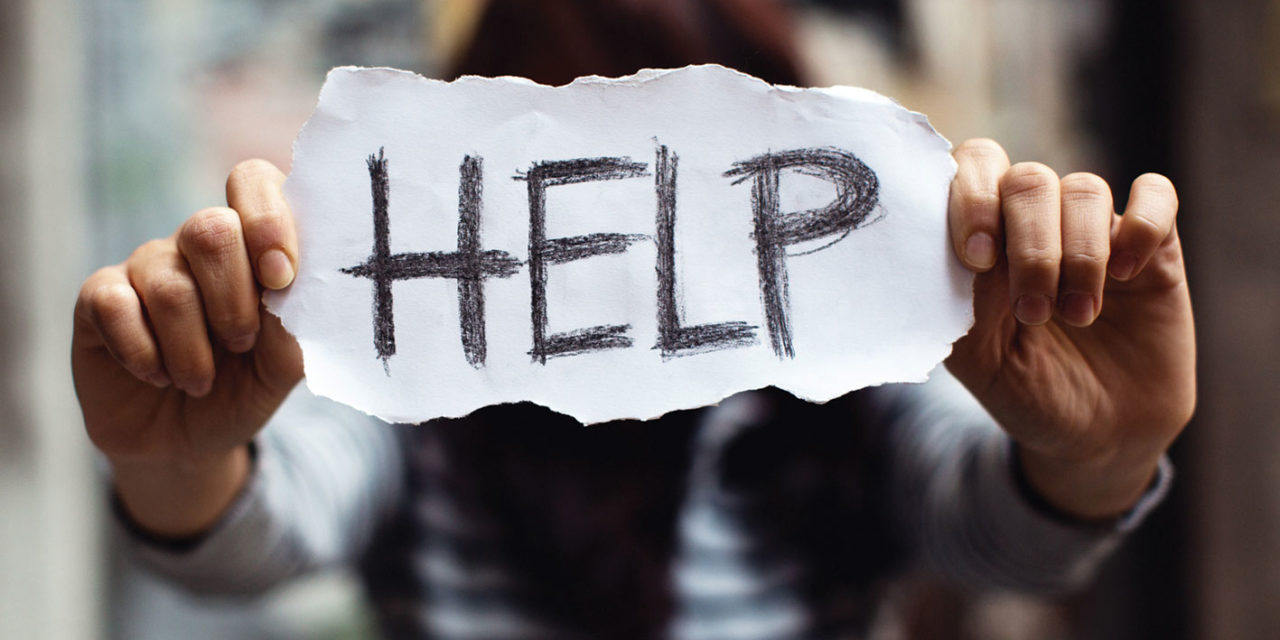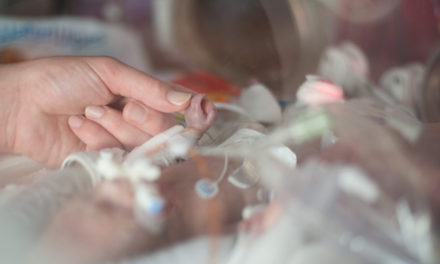Too often, sex traffickers are able to keep their victims in the web of exploitation because sex trafficking can be hard to identify. But there ore patterns and signs that can pinpoint the perpetrators and help the victims receive help.
Sex trafficking victims are often vulnerable because of homelessness, poverty, domestic violence, substance abuse, mental or physical disability or because they’re illegal immigrants. Traffickers then prey on people who lack employment opportunities, have unstable home lives or a history of sexual abuse. These characteristics cross age, socioeconomic status, nationality and education levels.
Pre-teen or adolescent girls are more susceptible to the calculated advances, deception and manipulation tactics used by traffickers and pimps; however, any kid can be lured by them. Traffickers target locations where kids are found, such as schools, malls, parks, bus stops, shelters and group homes.
Traffickers also prey on runaways and at-risk youth. Within 48 hours of running away from home, a young person is likely to be sexually exploited for someone’s commercial gain. Sex traffickers are skilled at manipulating children and maintaining control through a combination of deception, feigned affection, threats and violence.
If you or your kids are concerned that someone you know might be a trafficking victim, consider the warning signs from Shared Hope International:
- Signs of physical abuse, such as burn marks, bruises or cuts;
- unexplained absences from school;
- their style of dress is hemming less appropriate;
- sexualized behavior;
- overly tired in class;
- the person seems withdrawn, depressed or distracted;
- brags about making or having lots of money;
- displays expensive clothes, accessories or shoes;
- new tattoo (especially of names, dollar signs or barcodes, which pimps often use to brand their victims);
- older boyfriend or new friends with a different lifestyle;
- talks about wild parties or invites other students to attend parties;
- shows signs of gang affiliation (i.e., a preference for specific colors, notebook doodles of gang symbols, etc.).
If you see any of these signs or suspect a young person is being trafficked, don’t hesitate to contact the appropriate authorities, which could include local, state and/or federal agencies.
For a complete list, visit http://bit.ly/spotvictims
Originally published in the May 2017 issue of Citizen magazine.






